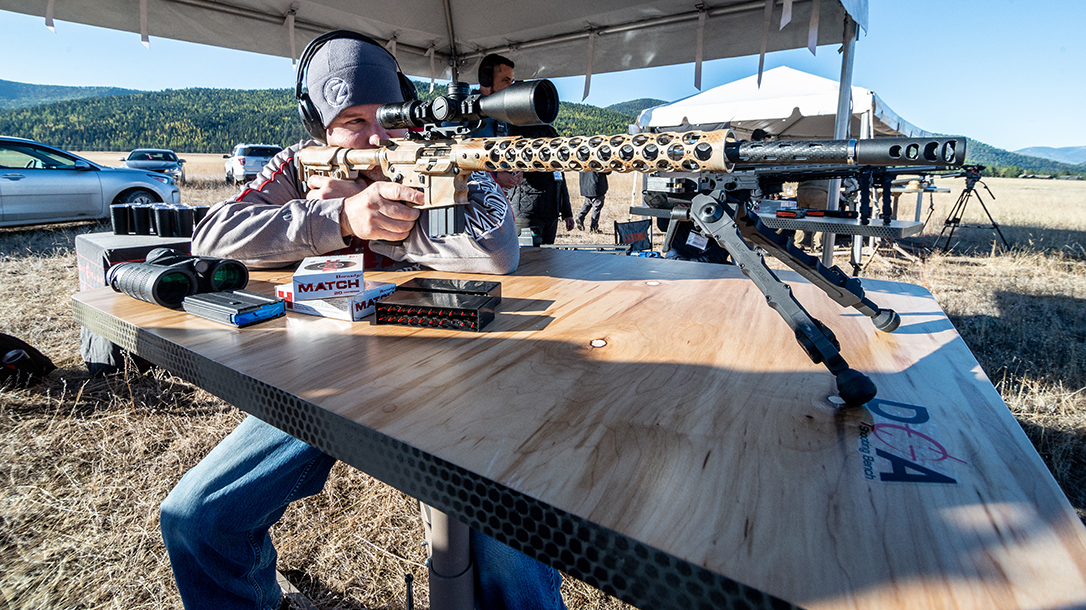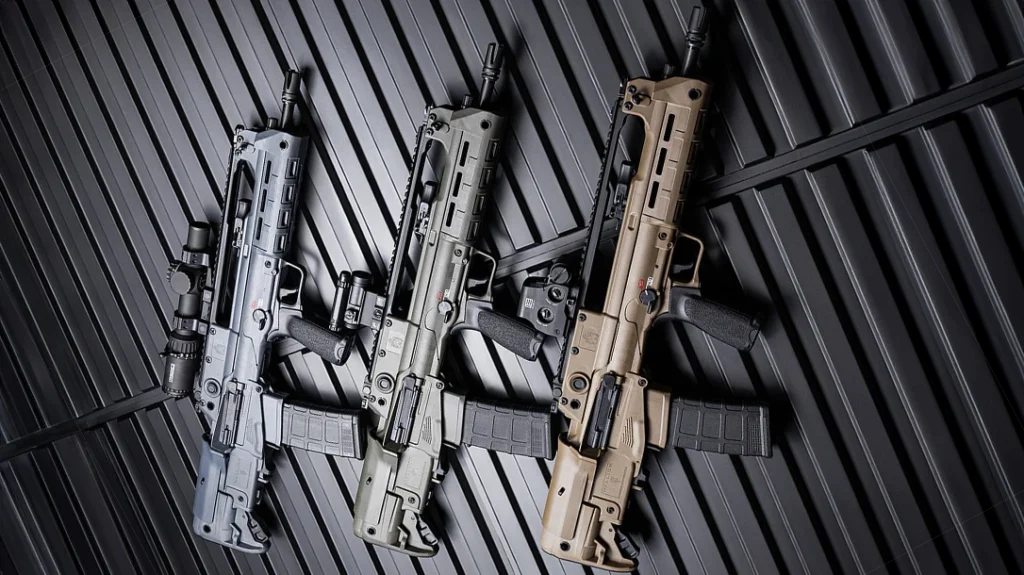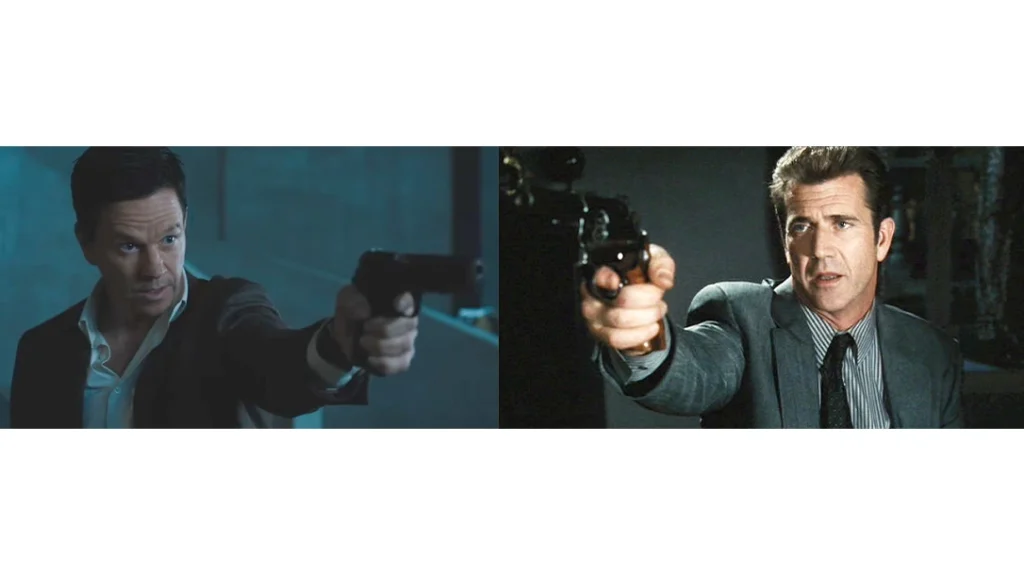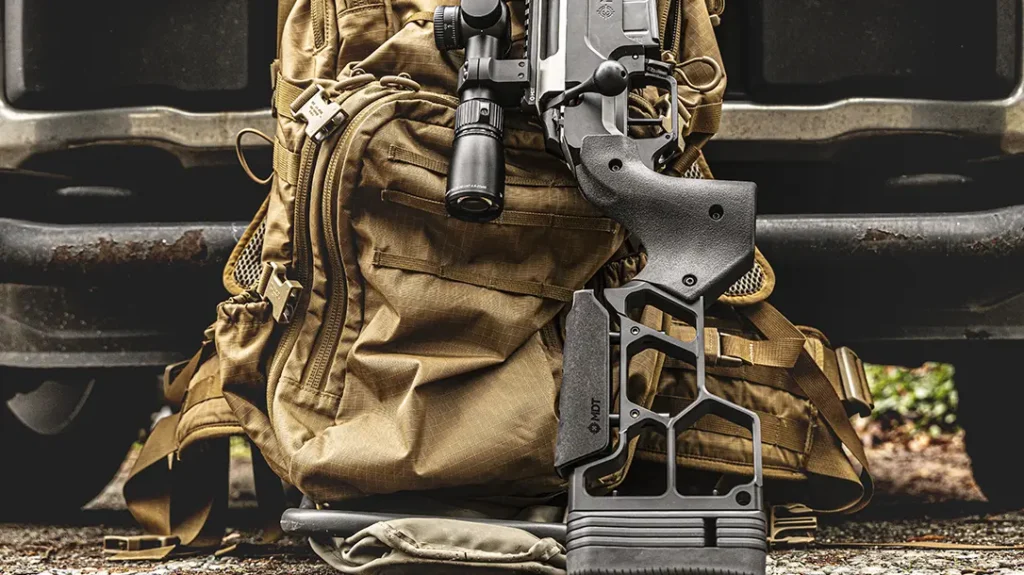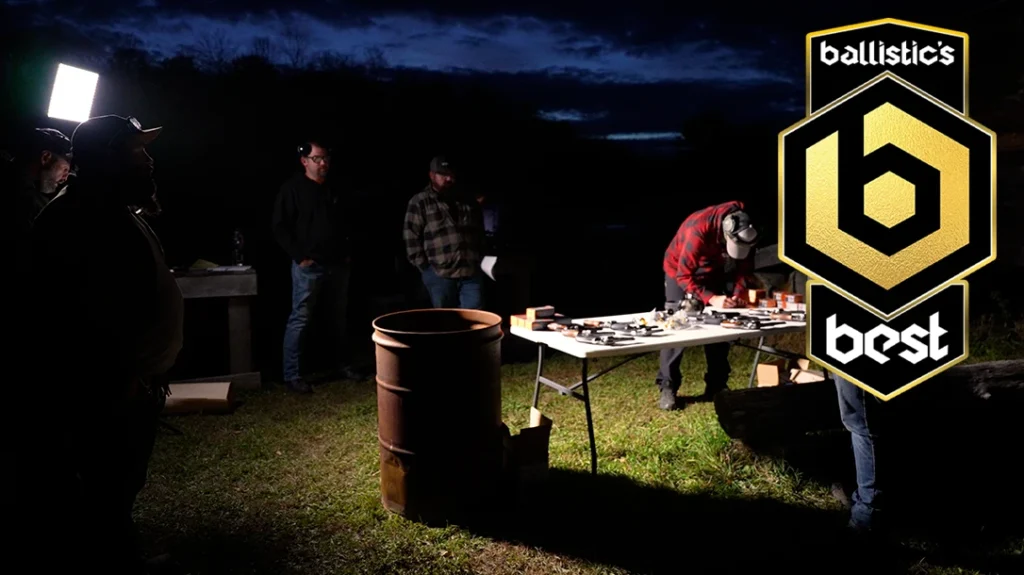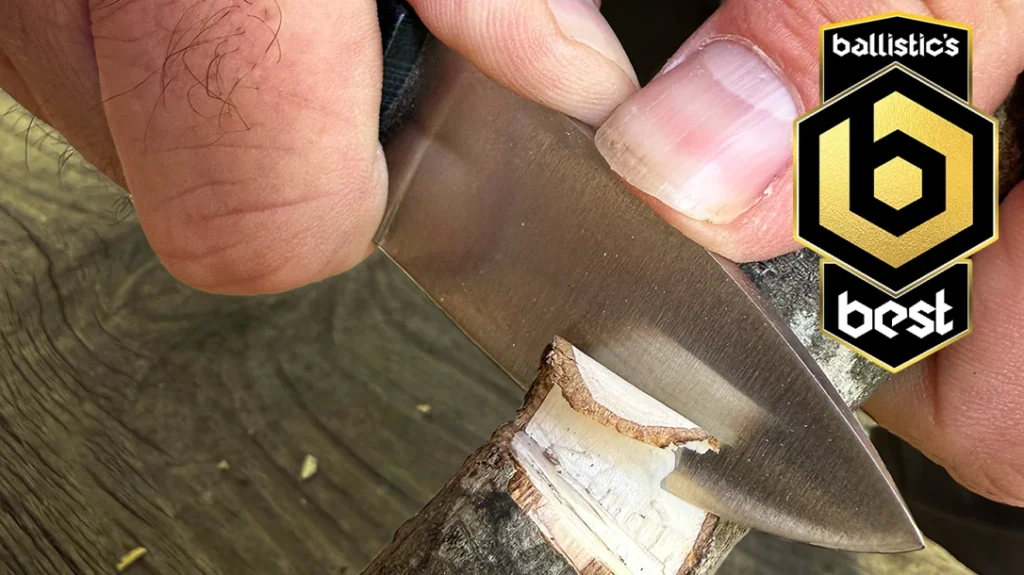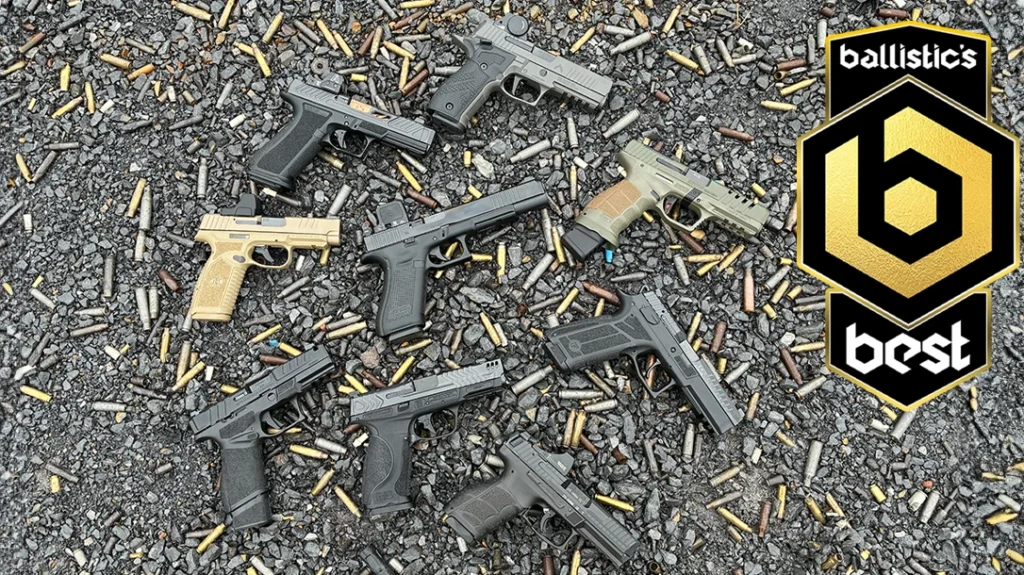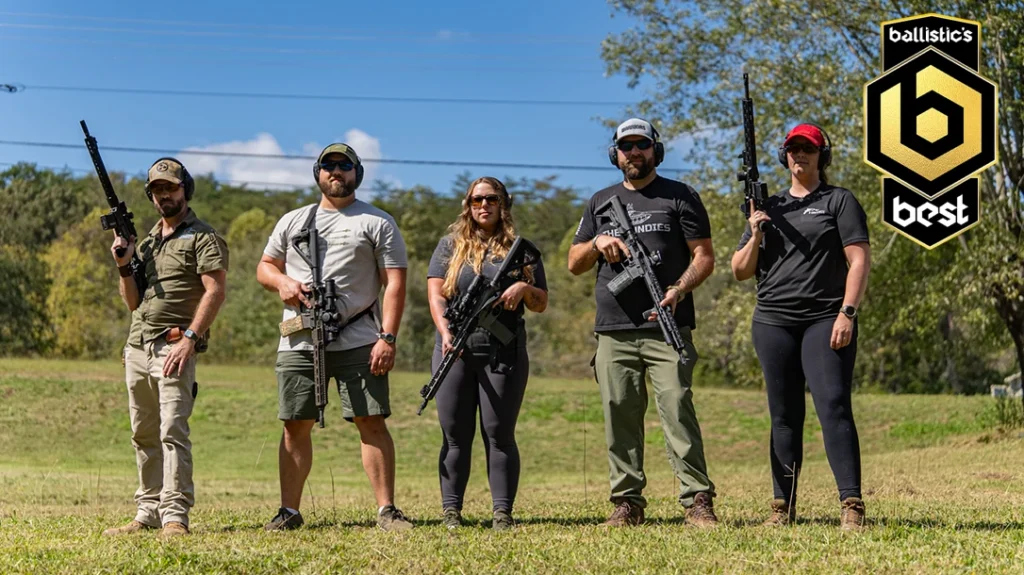Long-range precision shooting demands more than skill and technique; it requires a specialized set of tools and equipment designed to maximize accuracy and consistency over extended distances. Whether you’re a seasoned marksman or an aspiring sharpshooter, having the right gear is crucial for achieving success on the range or in the field. In this long-range gear guide, we’ll explore the top essential gear used by long-range precision shooters, delving into the features and benefits of each item. From high-powered rifles to advanced optics and ballistic calculators, these tools are the backbone of effective long-range shooting and are key to refining your accuracy and enhancing your overall shooting experience.
Long-Range Gear Guide
Rifle
When choosing a rifle, whether it’s a bolt-action or a semi-automatic, you should be looking for one with a match-grade barrel, typically 20 inches or greater in length depending on the gun and round you are shooting. These will be constructed with tighter tolerances than your run-of-the-mill plinker, thus ensuring consistent performance and minimal deviation. Aside from this, the barrel should be free-floating, meaning it makes zero contact with the handguard, thus ensuring barrel harmonics aren’t affected in any way.
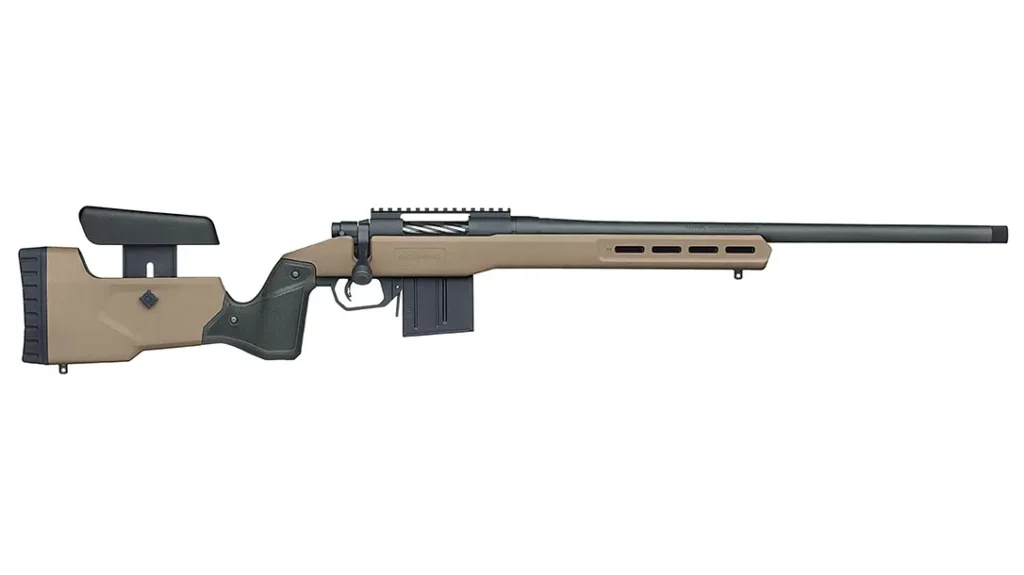
Advertisement — Continue Reading Below
Heavy, “bull barrels” are thus ideal as they don’t heat up as quickly and inherently aid in accuracy due to absorbing vibrations with each shot. Threaded barrels are a plus as they allow you to attach things like muzzle breaks or suppressors. The action must be smooth, cycling reliably after each squeeze of the trigger. The trigger should be smooth and crisp, with little to no creep. Bonus points are earned if it’s adjustable, allowing you to customize it to your liking and comfort level. Additionally, the rifle should have a solid, ergonomic stock that provides a stable shooting platform. The list of features to look out for can go on and on, but the aforementioned points will serve to get you started on the right path.
Riflescope
Investing in quality glass from the get-go will save you countless dollars and headaches in the long run. Often we see someone build their dream gun but decide to cheap out when it comes to the optic. Prioritize qualities such as repeatability, reliability, clarity, and positive clicks just to name a few. When you are adjusting for windage and elevation, the turrets should have a crisp and positive “click” to them and should not feel spongy as you rotate in either direction. Tube diameter will typically be 30mm and up, and may or may not require a 20 MOA rail to ensure you have enough adjustment to reach out further than your eyes can see.
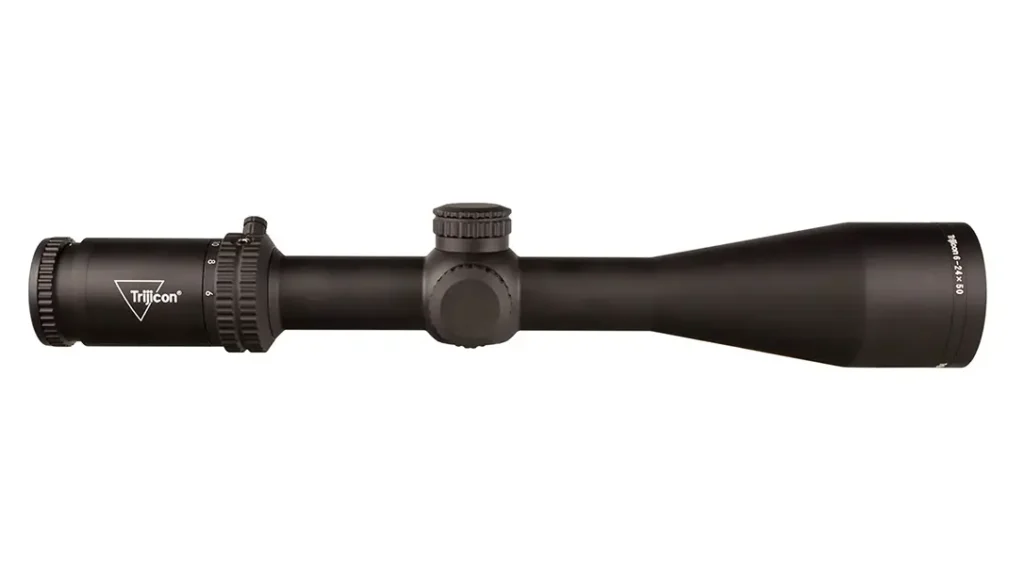
Advertisement — Continue Reading Below
Scopes geared towards long-range shooting will typically have a higher magnification range, allowing the shooter to engage targets at a distance and make corrections based on what they see. Keep in mind that while being able to zoom in nice and close has its perks, it comes at the cost of light transmission due to the internal construction of the scopes themselves. By investing in quality glass, you can get away with a little less magnification as your picture will be clearer. As you weigh your options, try and do so outdoors in varying light conditions. Fluorescent lighting will make everything look clear, but “real-world” lighting will tell you right away if the glass appears milky or is going to be prone to causing eye strain.
Bipod
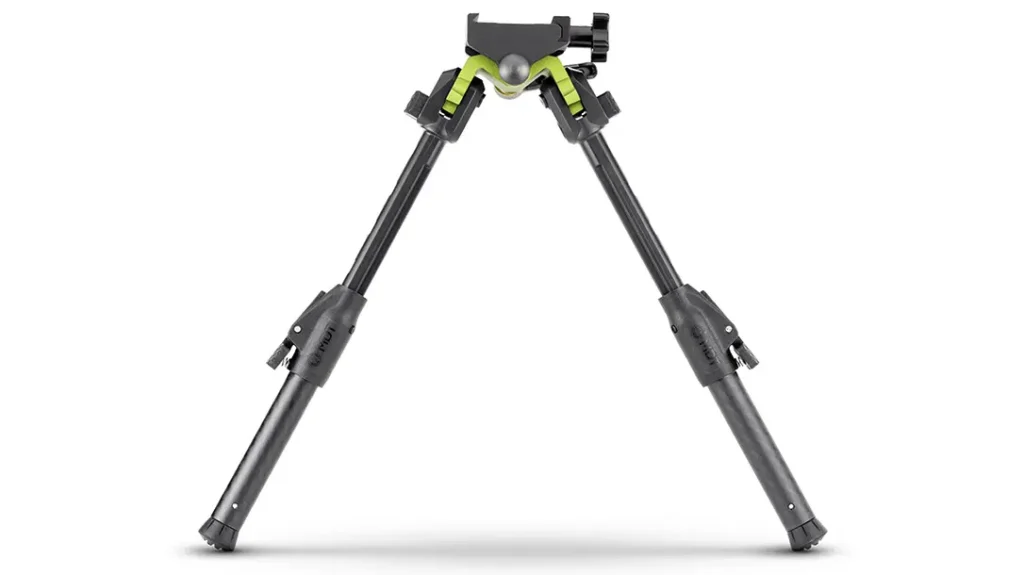
You can have the fanciest, most expensive gear money can buy, but without a solid base, it’s all for nothing. A quality bipod is essential when it comes to reaching out to distance as it provides a solid, stable platform, reducing rifle movement before, during, and after the shot. Stability is crucial when it comes to long-range precision, as shooter error, which may go unnoticeable at close range, is magnified greatly the further out you reach. Look for a bipod that is robust in construction and will be able to support the weight of your rifle. Bipod legs should be adjustable for uneven terrain, with nonslip feet to ensure you stay put during the entire firing sequence.
Advertisement — Continue Reading Below
Ballistic Calculator
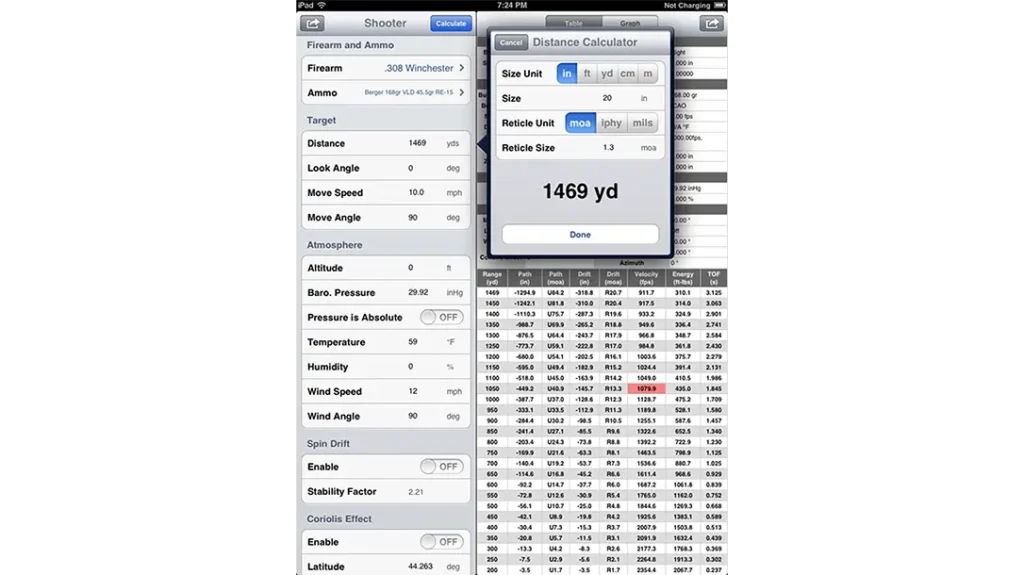
A ballistic calculator is essential to long-range precision shooting because it enables shooters to predict fairly accurately the trajectory of their bullets, accounting for variables such as bullet weight, muzzle velocity, wind speed, humidity, temperature, and altitude. These details, while they may seem irrelevant, are crucial for hitting distant targets, as miscalculations will result in miss after miss downrange. By providing real-time data and adjustments, a ballistic calculator helps shooters compensate for changes in environmental factors and ammunition being used, thereby transforming the science of ballistics into actionable information for effective marksmanship. While these tools are a must-have, there’s always room for error as nothing is perfect, so you’ll also want to record the actual adjustments needed should they happen to differ from your ballistic calculator.
Rangefinder
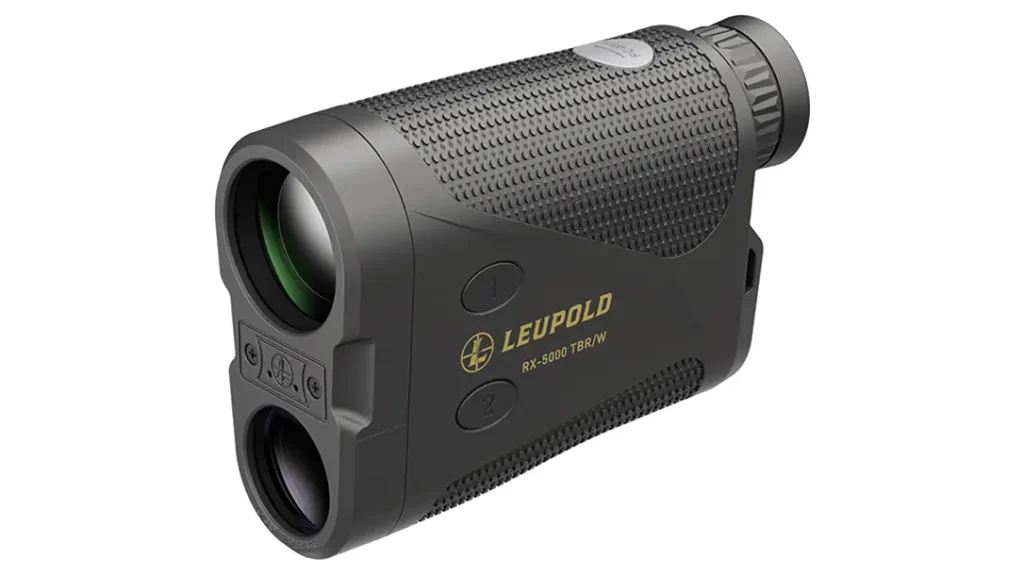
Advertisement — Continue Reading Below
While most formal, established ranges will have their berms marked so shooters know at what distances their targets lie, this is not always the case. Moreover, if you’re someone who enjoys the challenge of ELR Hunting, knowing the distance of the game you seek is essential for an ethical kill. Rangefinders calculate precise distances to targets at extreme ranges, some reaching well over 5,000 yards. When it comes to your bullet flight at extreme distances, environmental factors will significantly impact its flight. Look for a rangefinder with advanced features such as angle compensation, and those with the ability to provide readings in inclement weather and the ability to hold up and perform without fail when mother nature rears her ugly head.
Spotting Scope
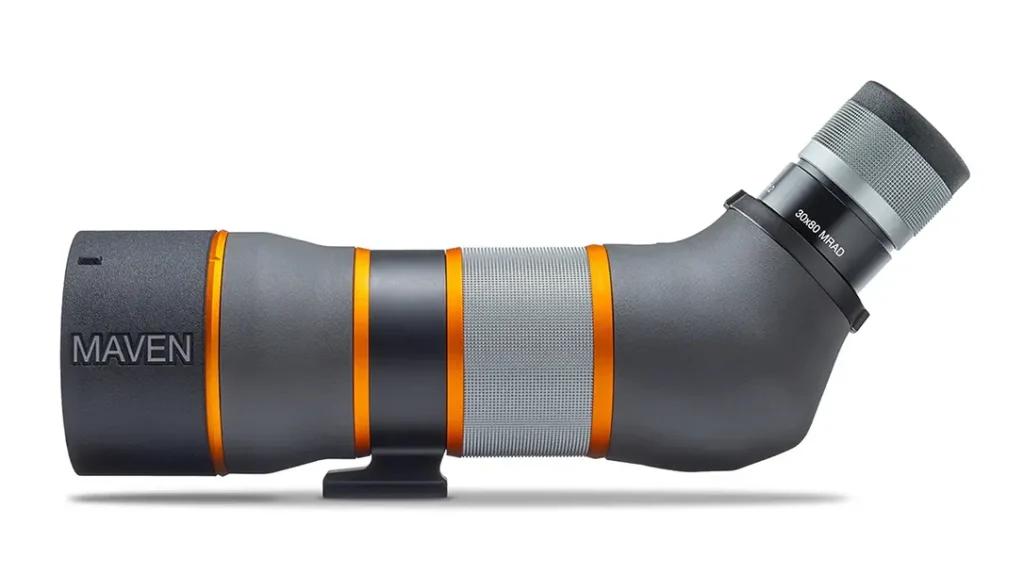
Whether you are using it to spot your hits or working as part of a shooter-spotter team, a quality spotting scope is yet another invaluable tool to include in your kit. These optics deliver detailed images at high magnification, allowing you to spot your hits, make corrections for misses, and get an up-close look at environmental changes such as wind direction, speed, and mirage, all of which affect bullet trajectory.
Advertisement — Continue Reading Below
Data Book
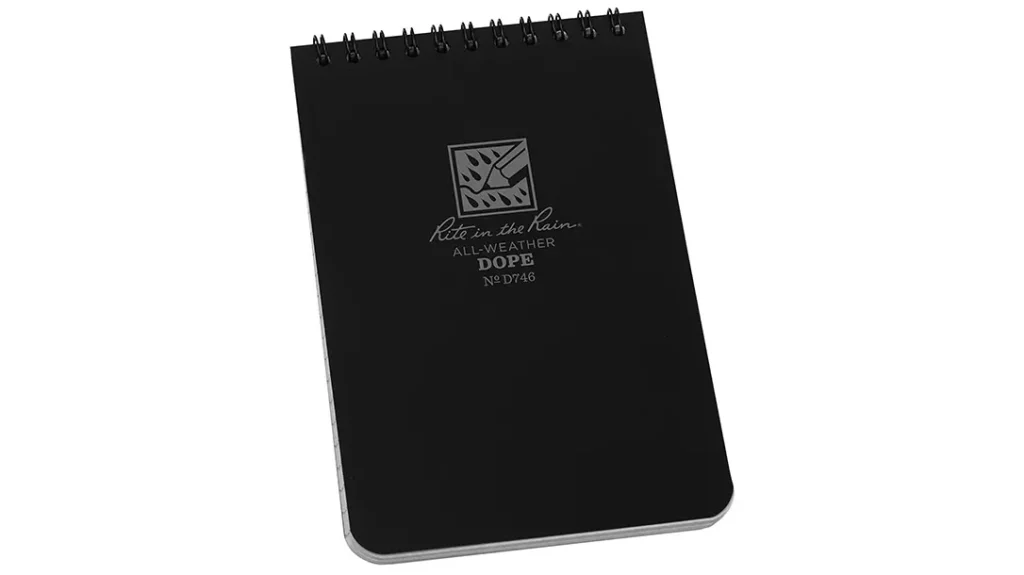
Keeping a data book is essential for long-range precision shooting because it serves as a comprehensive record of past shooting sessions. A data book allows shooters to track environmental conditions, such as wind speed, temperature, and humidity, alongside their shooting parameters like bullet type, muzzle velocity, and scope settings. This historical data helps shooters understand how different factors influence their shots and enables them to make more accurate predictions and adjustments. By meticulously recording shot placements and the conditions under which they were made, a data book becomes an indispensable reference, aiding in the consistent improvement and fine-tuning of techniques for optimal accuracy and precision in long-range shooting.
Weather Meter
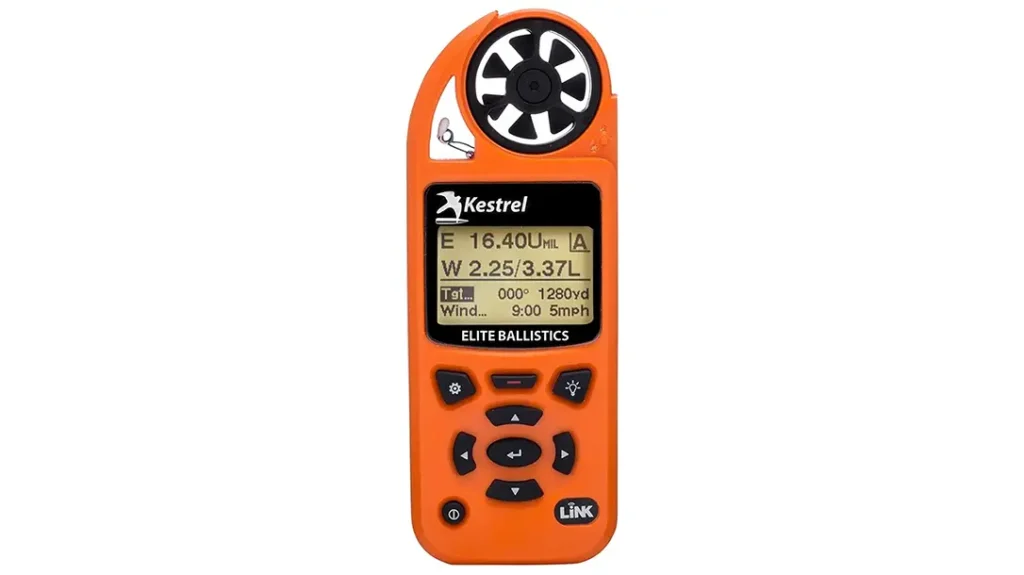
Advertisement — Continue Reading Below
A weather meter, such as a Kestrel or other similar device, is quite a handy tool to have when engaging targets at distance as they provide comprehensive, real-time data on crucial environmental factors such as wind speed and direction, temperature, humidity, and altitude to name a few. This data gives shooters the ability to accurately calculate ballistic trajectories and make precise windage and elevation adjustments. By offering these advanced features, these devices give shooters vital insight for making informed adjustments, ensuring that every shot is as accurate as possible.
Ammunition
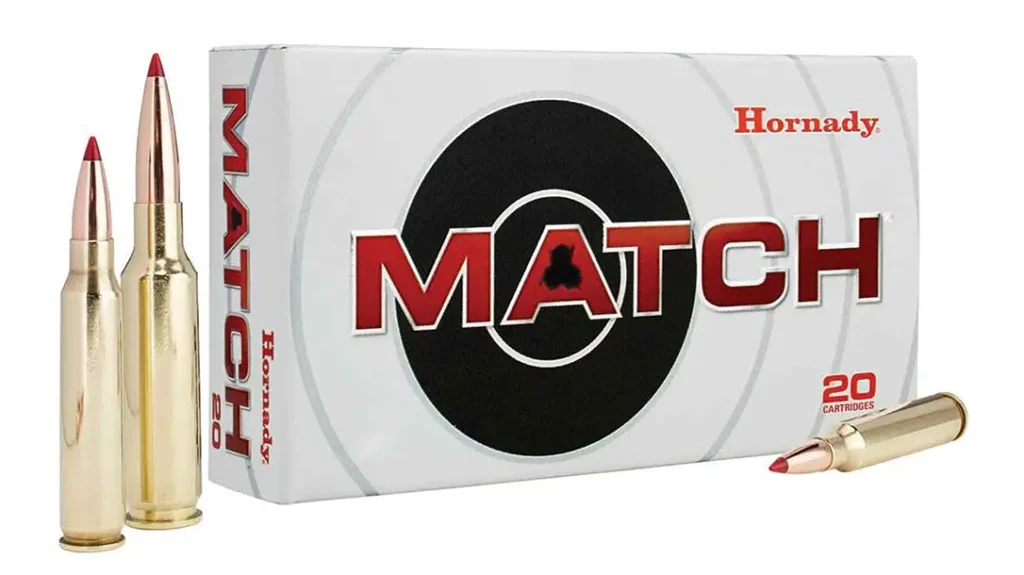
When selecting ammunition for long-range precision shooting, look for qualities such as exceptional consistency, high ballistic coefficient, and uniformity in component quality. Consistent ammunition ensures reliable performance by maintaining uniform bullet weight, powder charge, and case dimensions, which minimizes variability and enhances accuracy. A high ballistic coefficient indicates that the bullet is aerodynamically efficient, reducing the impact of bullet drop and wind drift over long distances. Additionally, quality components like premium brass cases, match-grade bullets, and precise powder charges contribute to stable muzzle velocity and predictable trajectories. Together, these characteristics are crucial for achieving tight groupings and making accurate adjustments for environmental factors, ultimately enhancing long-range shooting performance.
Advertisement — Continue Reading Below
Range Bag
When choosing a range bag for all your gear, look for features that enhance durability, organization, and convenience. Bag construction should utilize high-quality, durable materials made to withstand the rigors of frequent use and transport. It should have ample padding and compartments to protect delicate equipment such as scopes, bipods, and ammunition. Organizational features like adjustable dividers, multiple pockets, and dedicated compartments help keep gear neatly arranged and easily accessible.
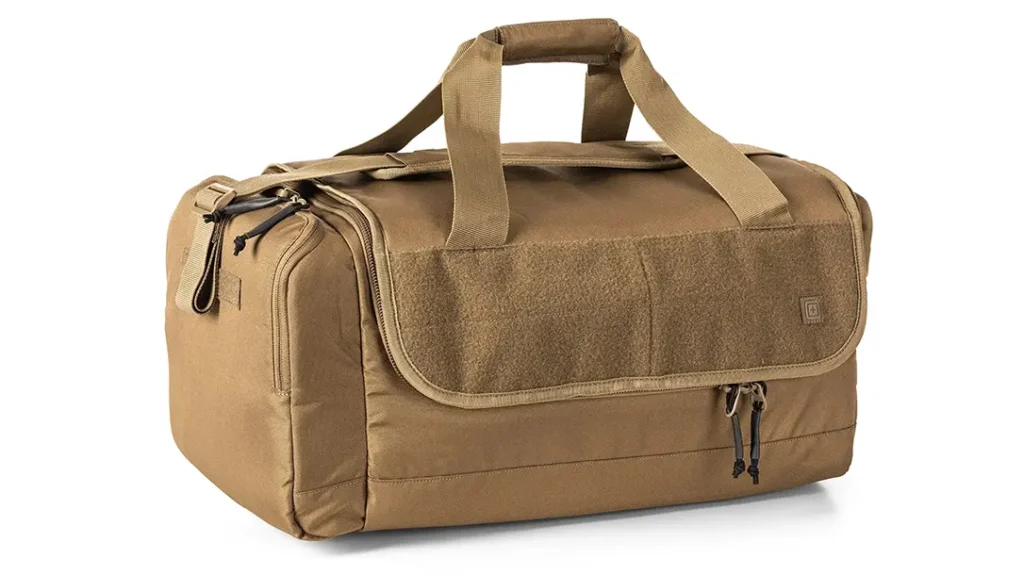
Additionally, the bag should have comfortable, padded shoulder straps or handles for easy carrying, as well as a water-resistant base or rain cover to protect gear from adverse weather conditions. The key to perfecting your long-range precision skills requires more than just practice; it demands the right equipment to support your efforts. The gear discussed in this article all plays a pivotal role in your ability to achieve accuracy and consistency at extended distances. Utilizing the tools available helps you set yourself up for success and elevate your skills to new heights.
Advertisement — Continue Reading Below
